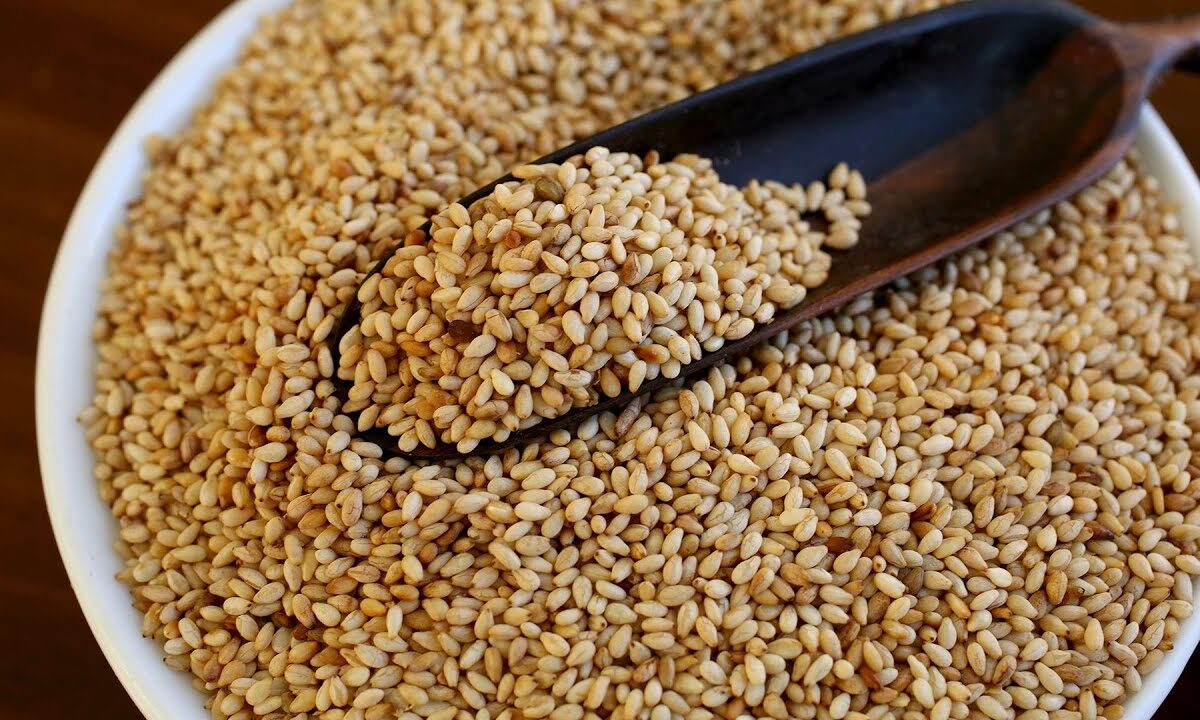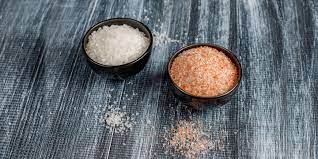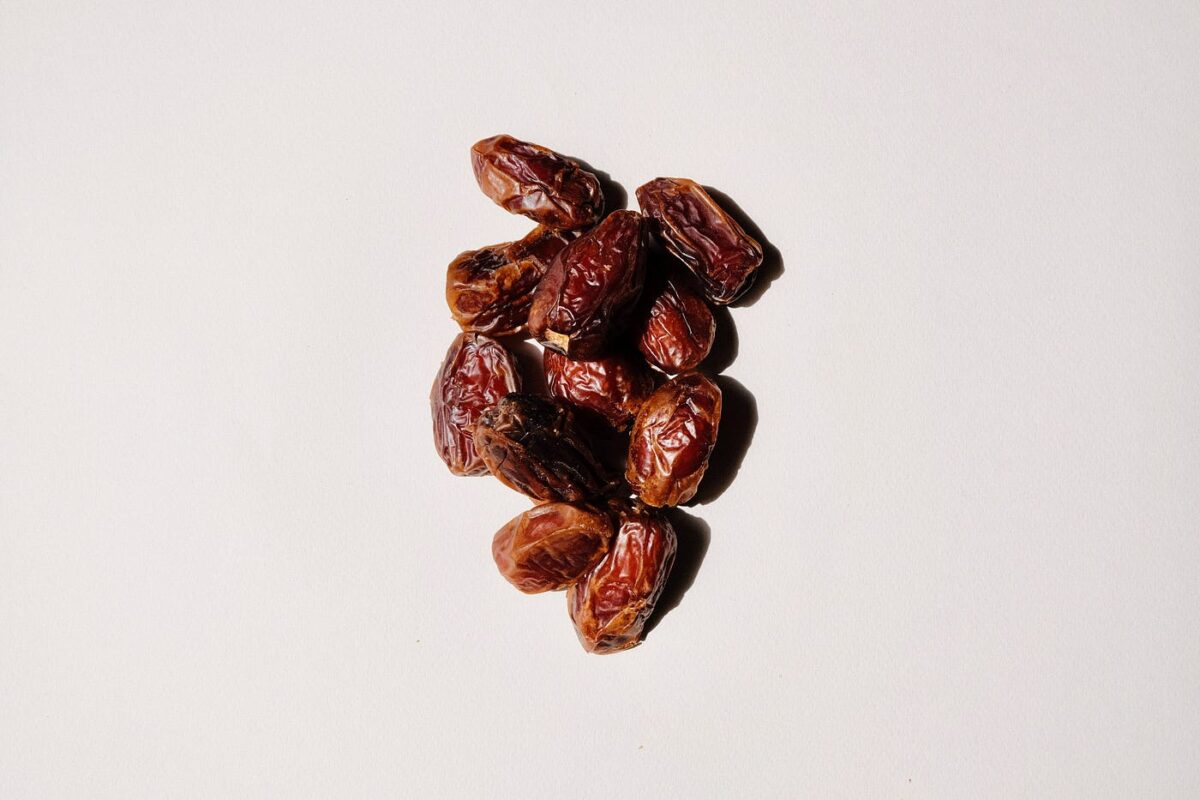Sesame seeds, tiny yet packed with nutrients, have been cultivated for thousands of years, offering a rich and diverse nutritional profile. Originating from the Sesamum indicum plant, these seeds are not just a culinary delight but also a powerhouse of nutrients including proteins, healthy fats, and fibers. Apart from their culinary uses, these seeds have long been utilized in different medicinal practices for their health-promoting properties. With a rich density of nutrients, sesame seeds can potentially become an ally in one’s weight loss journey.
The quest for the perfect weight loss aid often takes us down the path of integrating various health foods into our diets. Sesame seeds, being a natural source of fiber and healthy fats, have the potential to be a significant part of this quest. Their subtle nutty flavor and crunchy texture make them an excellent addition to numerous dishes, thereby making it easier to include them in a weight loss regimen.
In recent times, there has been a surge in interest regarding the role of sesame seeds in weight loss. With their rich nutritional profile, they hold a promising position in the array of dietary changes one can adopt for weight management. Their potential benefits in weight loss are anchored in their fiber content and other essential nutrients, which are explored in various studies and nutritional guides.
The Prevalence of Weight Loss Efforts
The 21st century has witnessed a profound shift in lifestyle habits and dietary preferences. The burgeoning prevalence of obesity and associated health risks have paved the way for a surge in weight loss initiatives globally. Various strategies encompassing diet modifications, physical activities, and lifestyle changes have been adopted by many in their pursuit of a healthier body weight.
Adding sesame seeds to the diet represents a natural and holistic approach to weight loss. It harmonizes with the increasing trend where individuals are looking for sustainable and healthy ways to manage their weight. By incorporating sesame seeds into the daily diet, one can possibly find a balanced and nutritious way to assist in weight reduction without compromising on taste or nutrition.
As you navigate through this article, we intend to offer an encompassing view on how sesame seeds can potentially become a valuable component in your weight loss journey. By exploring various facets including its nutritional profile, scientific evidences, and tips for dietary incorporation, we aim to equip you with a comprehensive guide that can aid you in making informed decisions.
Scope of the Article
In the subsequent sections, we will delve deep into understanding the efficacy of sesame seeds in weight loss. This article aims to serve as a beacon, guiding you through the myriad benefits and ways to incorporate these nutrient-dense seeds into your diet. We will also traverse through a selection of recipes and expert opinions that corroborate the role of sesame seeds in fostering weight loss.
Moreover, we will personalize the guidance, offering advice based on various dietary preferences and lifestyles, thus enabling you to craft a tailored plan that resonates with your weight loss objectives. Throughout this journey, we encourage you to maintain an open dialogue with healthcare providers to further personalize your experience.
Sesame Seeds and Weight Loss
Nutritional Components aiding Weight Loss
Sesame seeds come loaded with a wealth of nutrients that can potentially support weight loss. These tiny seeds are rich in dietary fiber, which is known to promote satiety, thereby preventing unnecessary snacking and overeating – common culprits of weight gain. The healthy fats found in sesame seeds are known to boost metabolism, playing a crucial role in managing body weight.
Moreover, the presence of essential nutrients like magnesium, zinc, and calcium not only nurtures your body but also assists in the regulation of various bodily functions, including those that govern weight. The combination of these nutrients potentially fosters a conducive environment for weight loss, allowing you to align with your weight management goals more effectively.
Scientific Evidence
Delving into the scientific aspects, several studies have demonstrated the positive implications of including sesame seeds in a weight loss diet. Research indicates that the lignans present in sesame seeds can assist in reducing body fat by improving liver function, which is crucial in breaking down fat molecules. Furthermore, the seeds are a powerhouse of protein, an essential macronutrient that supports muscle development and maintenance, which in turn helps in burning more calories.
However, it is essential to approach the evidence with a nuanced perspective, considering the limitations of certain studies and the variability in individual responses. Notwithstanding these considerations, the existing body of research certainly paints a promising picture of the role sesame seeds can play in a weight loss regimen.
Tips for Incorporation in Diet
Incorporating sesame seeds into your diet need not be a herculean task. These versatile seeds can be added to a myriad of dishes, ranging from salads, smoothies to stir-fries and desserts. A sprinkling of toasted sesame seeds can add both flavor and nutritional value to your meals. When it comes to quantity, integrating a tablespoon of these seeds into your daily meals could potentially work wonders.
Furthermore, it is advisable to couple the consumption of sesame seeds with a balanced diet and regular physical activity to witness tangible results in your weight loss journey. It’s about cultivating a lifestyle where the inclusion of sesame seeds becomes a harmonious part of a well-rounded diet, fostering overall well-being alongside weight management.
Conclusion
Summary of Key Points
In this comprehensive guide, we navigated through the potent benefits of sesame seeds in fostering weight loss. From their rich nutrient profile, featuring fibers and healthy fats, to the promising scientific evidence supporting their role in weight management, sesame seeds emerge as a potential ally in your weight loss journey. Integrating them into a balanced diet can potentially amplify your efforts, steering you towards achieving your desired weight goals.
Personalized Advice
Embarking on a weight loss journey is a personal and sometimes challenging venture. Hence, it becomes paramount to tailor your approach based on your individual dietary preferences and lifestyle. Including sesame seeds in your diet represents a step towards embracing a natural and wholesome approach to weight management. Crafting a personalized plan that resonates with your dietary patterns, including the integration of sesame seeds, can potentially pave the way for a successful and sustainable weight loss journey.
We encourage you to maintain a dialogue with healthcare providers who can offer further personalized guidance, enabling you to craft a plan that is both balanced and nourishing, nurturing your body as you progress towards your weight loss goals.
Call to Action
As we culminate this guide, we invite you to embrace the rich world of sesame seeds, integrating them into your diet and experiencing their potential benefits first-hand. We encourage you to experiment with recipes, share your experiences, and engage in a community where like-minded individuals embark on a journey towards healthier living.
We sincerely hope that this article serves as a beacon in your weight loss journey, offering insight and guidance as you navigate through the myriad of options available. We invite you to share your thoughts and experiences, fostering a community where the pursuit of health and wellness is a shared journey.
Additional Resources
Recipes
To aid you in this journey, we have curated a selection of recipes that incorporate sesame seeds, aligning with your weight loss goals. These recipes are not only nutritious but also delightful, offering a gastronomic experience that is both wholesome and gratifying. We encourage you to try these recipes, experimenting with flavors and textures, and finding joy in the process of cultivating a healthier lifestyle.
Expert Opinions
To supplement your knowledge, we have gathered insights and advice from experts in the field of nutrition and weight loss. Their perspectives, grounded in science and experience, offer valuable insights into the role of sesame seeds in fostering weight loss. We encourage you to delve into these resources, gaining a deeper understanding and appreciation for the potent benefits that sesame seeds can potentially offer in your weight loss journey.
References
To further nurture your understanding, we have listed references and studies that validate the content presented in this guide. We encourage you to explore these resources, fostering a deeper understanding and cultivating an informed approach to weight management. Your journey towards a healthier self is complemented by continuous learning, and these references serve as stepping stones in your path towards achieving your weight loss goals.




